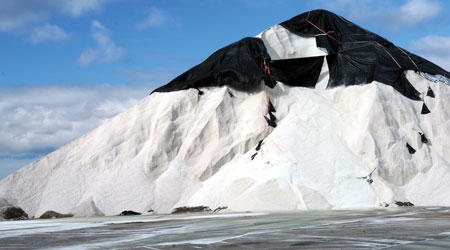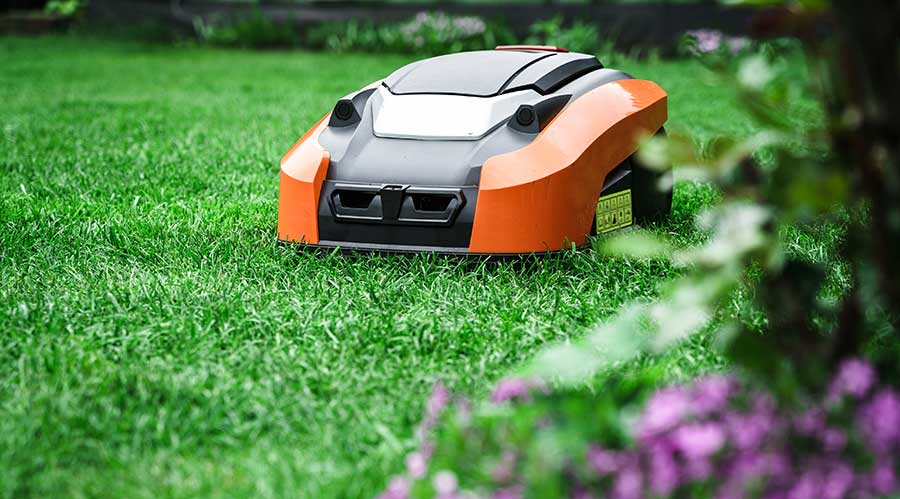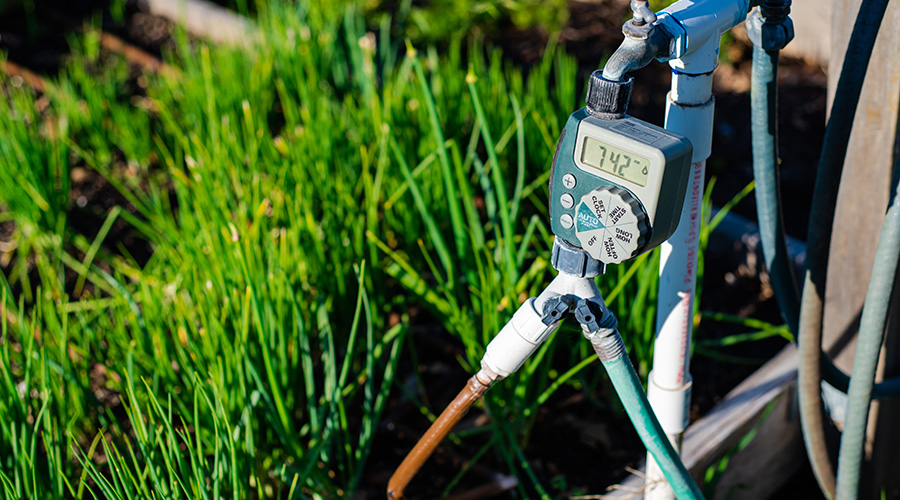Best Practices for Sustainability in Snow and Ice Removal
Either drastically reducing the amount of salt used or using products that don't contain chloride are two keys to a green snow-melt strategy.
There are two schools of thought when it comes to sustainable snow-and-ice removal. One is a conservation approach that focuses on using a “responsible amount of salt rather than the typical waste that’s experienced throughout the industry,” says Phil Sexton, CEO of WIT Advisers. Brine and pre-wetting equipment are two ways to reduce the amount of salt needed, he says.
The other approach is to use products that don’t contain chloride, in order to reduce contamination, oxygen depletion, and harmful algal growth in waterways. These products have become more sustainable by offering superior performance with less environmental harm, Green Seal’s vice president of marketing and communication, Taryn Tuss notes.
Green Seal recently certified one liquid ice melt for environmental innovation. The product is a chloride-free product that uses a potassium-formate blend to break down the hydrogen bond that forms when water freezes, Tuss explains. “It removes thin layers of ice and snow and prevents new ones from accumulating up to a freezing point of minus 30 degrees Fahrenheit so there’s no sacrifice in performance to achieve environmental benefits,” she says.
There’s also a safety feature. Some chloride-free ice melt products use an ionic melt rather than the traditional one requiring heat exchange, Clemmer says.
He notes that many slip-and-fall accidents happen because, even though rock salt has been applied, it can take up to 20 minutes for some to work, depending on the temperature. People see the rock salt and assume the surface is slip-free. That isn't always the case.
Chloride-free products are often applied clear and work within a minute or less to breakdown ice and snow.
“The ionic melt breaks apart the molecular structure. It almost looks like you’re spraying hot water on it. It goes from white to wet almost instantly,” Clemmer says, noting that an inch or more of ice will still require shoveling before treatment.
Sexton says chloride-free liquid products are the choices of the future when applied correctly. He says he uses one in his own snow removal business.
That’s not to say all products claiming to be “environmentally friendly” or “pet-friendly,” are the safe, sustainable choice. Products are now just starting to undergo certification, and some claiming to have sustainable properties aren’t as safe as they appear because they contain agricultural by-products and other harmful substances such as urea and glycols. These have been shown to have negative impacts on water quality, plants, and aquatic life, as well as people, pets, and wildlife.
Sustainable prevention reaches beyond ice-melt products
Launching an environmentally focused snow-and-ice removal program comes down to education. Experts say facility professionals need to educate themselves about the products they use and how they will affect the environment and the health of people, animals, and plant-life being exposed to these products. They are the ones who make the crucial product choices.
“The property owners and facility managers dictate policy and the level of service expectations, not those who are applying salt,” Sexton says. “It’s important for (facility managers) to understand the role they play in driving salt use.”
This also means staying aware of how their facilities are sited and what kind of environment surrounds them, Tuss notes.
“If your building is located near a drinking water source or soil that allows contaminants to leach into waterways, you could be impacting nearby water resources with ice-melting applications,” she says. “Educating maintenance teams about which types of ice-melt products work best in what temperatures can reduce the application of products that aren’t effective — saving money and decreasing impacts on valuable water resources.”
Related Topics:














